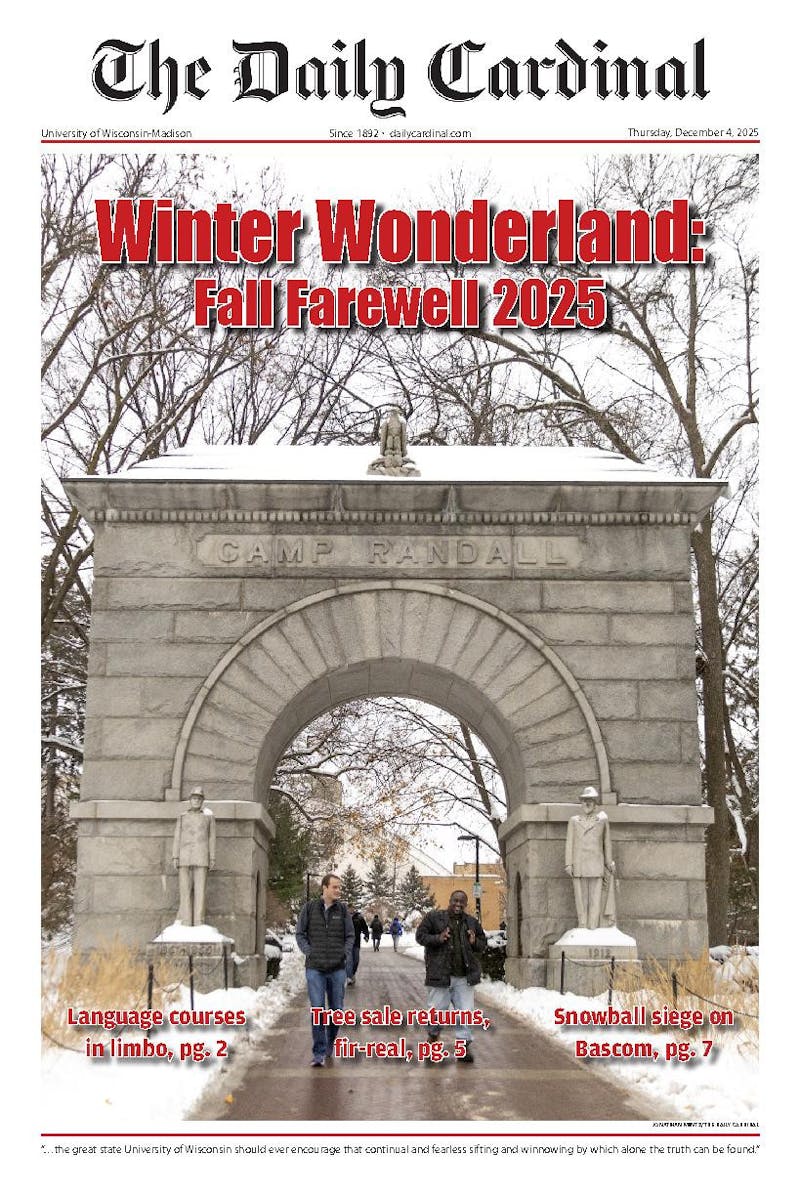By Amanda Munsey,
contest finalist
In a society plagued by a failing economy, rising taxes, an unstable job market, and an unpopular war, it is necessary to encourage voter turnout in the 2008 presidential election. In particular, Americans between the ages of 18-24 tend to have an exceptionally low voter turnout in comparison with other age groups, leaving them underrepresented in Congress. Too many young voters think that their vote will not make a difference, are too busy to go out and vote, or just do not care enough to make the effort to get to the polls on Election Day. However, there are various strategies that can be applied to encourage youth voter turnout.
Before tackling the problem of getting young voters to the polls, it is necessary to analyze what encourages people to vote or not to vote. Many Americans feel that it is their civic duty to vote on Election Day, and that alone is enough to get them to vote. However, too many Americans come up with excuses not to vote. Many popular excuses among young voters include the idea that their vote will not make a difference, they do not like either of the candidates, they do not have time to vote, they do not trust the government, or they just do not care. Young voters are sick of hearing negative ad campaigns that have little or no truth to them. People vote when they have trust in the government, an interest in politics, and a belief in the efficacy of voting. In order to get young people to vote, it is necessary to convince them that the political system works and that their participation matters - o an increasingly difficult task in these turbulent times.
In a generation where computers and cell phones surpass old-fashioned methods of communication, it is imperative to integrate these technologies into new forms of voting. The use of Internet voting would greatly increase youth voter turnout as it would make voting more accessible and decrease the amount of time it takes to vote. However, it would be necessary to come up with an online voting system that ensures a low risk of voter fraud. If it is not possible to prevent voter fraud with a completely online system, then polling places should incorporate more advanced technology right at the polling sites. For example, they could have computer stations allowing voters to choose candidates rather than using electronic ballots that are very confusing to new voters. Getting rid of these conventional methods and introducing more modern forms of voting will increase youth voter turnout.
Make Election Day a national holiday. This year's presidential election is undoubtedly one of the most important elections in recent history, and youth voter turnout could have a huge impact on the results of the election. If young voters did not have to worry about finishing homework for a class or were able to get a few hours off of work, they would be much more inclined to go to polling locations and vote. Too many young voters use the excuse that they are too busy to register, go to the polling location, wait in line, and then finally cast their vote. Giving voters time off from work or class would allow them to make voting a priority rather than something they only do if they have enough time.
Another huge barrier to youth voting is the sad reality that many young voters just do not care or do not think that their vote will make a difference. Stirring up an interest in politics in young people can combat low youth voter turnout even before they are old enough to vote. Many young people care more about who will win Sunday's football game or who will win Project Runway"" than about who will be elected to this country's highest office. If more high schools incorporated some form of politics into their curriculum, this could spark an interest in politics in many future voters. Young voters need to be informed on the issues that will directly affect them - o tuition costs, health care policies, and the job market, to name a few. Once young people start to show an interest in politics, politicians will start to show an interest in issues that matter to young people. Ideally, this would send the message that politicians are interested in young people's values and that their votes do make a difference.
Although it is difficult to predict youth voter turnout for this election, employing various strategies, including the use of Internet technology at polling sites, making Election Day a national holiday, and educating young people on political issues would greatly increase the number of young voters on Election Day. New forms of voting technology make voting more accessible and appeal more to younger generations than long lines and paper ballots. Canceling classes and giving employees time off of work to vote takes away the excuse that they are too busy to vote. Most importantly, educating young people on the issues most significant to their generation and on the importance of voting will trigger an increased interest in politics among young voters. The strategies mentioned in this essay target the core reasons young people do not vote in an effort to restore faith in the electoral system and encourage young voters to hit the polls this Election Day.
- Amanda Munsey
UW-Madison senior
biology major
""$1000 for 1000 Words"" was a contest held early this month challenging UW-Madison students to both discuss why the youth vote has been traditionally low and come up with unique solutions to the problem.





